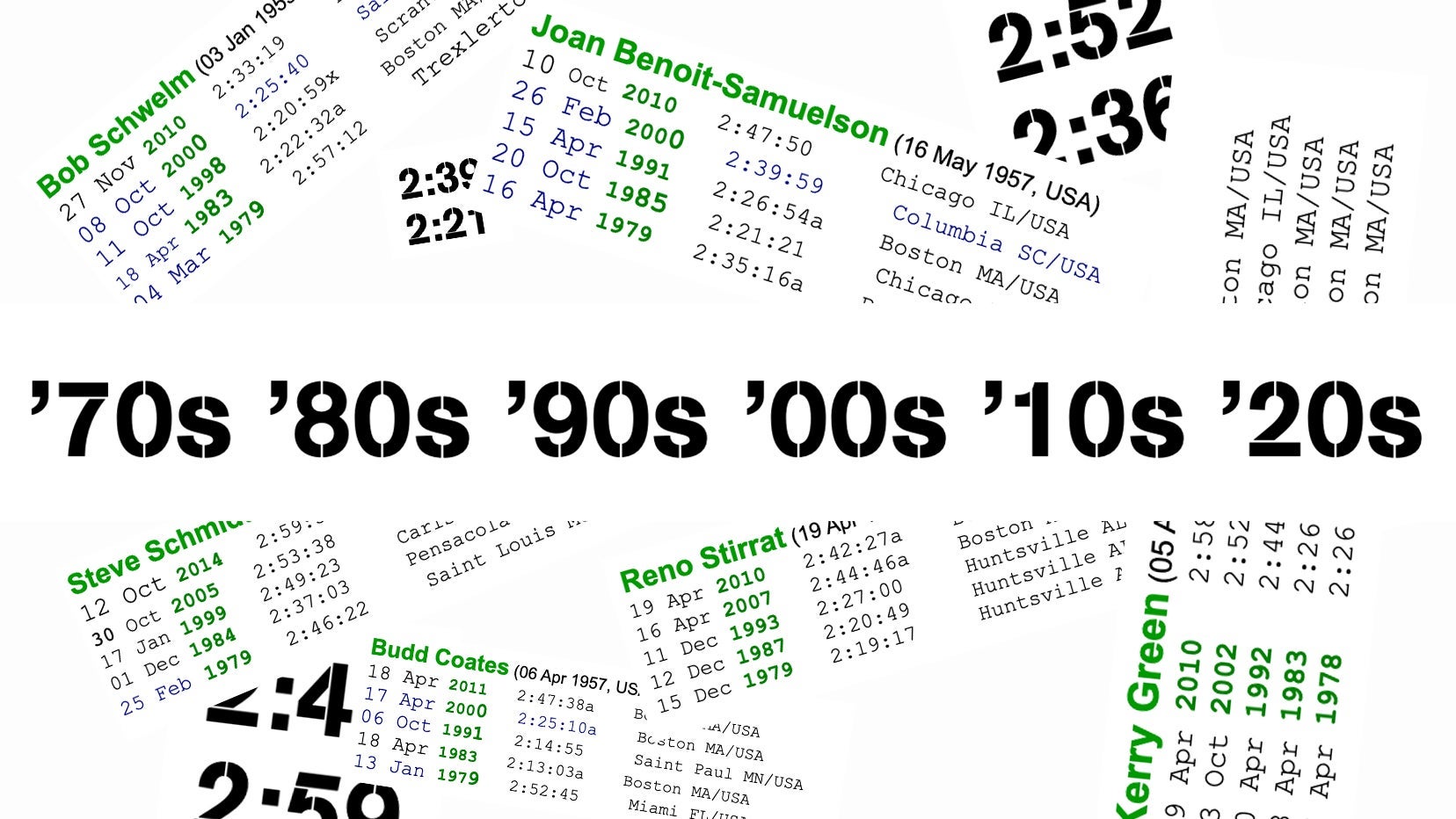A few tough men—and one woman—have run a marathon under 3 hours in every one of the five decade since the ’70s. Now that the 2020s have rolled around, some of them are still fit and fast enough to aim for their 6th decade sub-3. In our first article about the 6DS3 group, we introduced a few of them.
In this article, we’ll look at the longevity methods used by a dozen or so 6DS3 runners. Most are in their late-50s to mid-60s, and have been running strong marathons since 1978 or 1979. If you’d like to have a long marathon career, these are the folks you should mimic.
Train Seasonally
Among the determined runners aiming for 6 Decades of Sub-3 marathons (6DS3) this year, Peter Lagoy stands out in one unusual category: He’s got the best address. Lagoy lives at Hayden Rowe, Hopkinton, MA. How you going to beat that? His front door is just two blocks from the Boston Marathon start line.
Lagoy has turned his address into a training strategy for his many decades of fast, healthy marathons. When spring arrives in Hopkinton, the area roads swell with runners. Lagoy embraces the energy, and joins the crowd. He’s an environmental consultant and all-around outdoor enthusiast who enjoys cross-country skiing, hiking, canoeing, and more. But when the days get longer in March, he increases his run training. “Living here, you see other folks out running around town in the spring,” he notes. “That’s very motivating.”
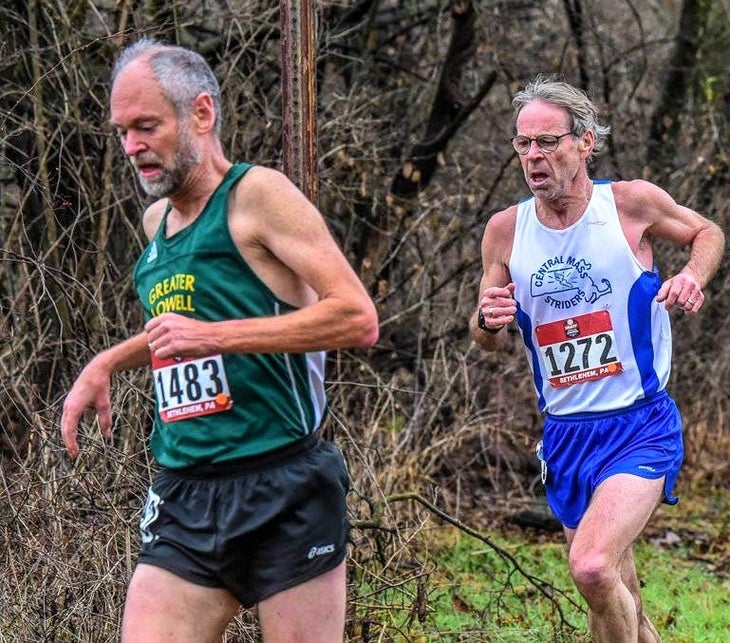
Lagoy, 60, also gears up his training each fall for cross-country racing with his Greater Lowell Road Runners age-group team. Last month, the GLRR team won its division at the USATF Club Championships. “I was only our fifth man,” Lagoy notes modestly, “but I beat every other team’s third runner, so we gained some displacements.”
Across the pond in England, the London Marathon dominates the spring season. That’s fine with Steve Smythe, who has run 38 Londons and plans for a 39th this April. But Smythe, 61, doesn’t run two marathons a year like many others. One and done, that’s his approach. “That way I only have to tackle one bout of marathon training buildup,” he says. “The rest of the year, I concentrate more on speed to keep my 5K under 20 minutes. If you can’t do that, a sub-3 marathon is nearly impossible.”
Harness the Power of Groups
It’s no secret that a solid training partner is often a runner’s best friend. Several of the 6DS3 runners, particularly those living in relatively urban areas, have noted how much they gain from attending regular group workouts. Antonio Arreola, in San Jose, has been training with the same group for the last 18 years. He’s there every Tuesday for speed work and Saturday for tempo runs.
“The core runners range in age from 44 to me at 60, so they really help push me every week,” says Arreola. “I wasn’t blessed with much natural talent, and I don’t think I would have been able to continue at a decent level on my own. The group makes a big difference.”

Living 120 miles north of Arreola, in runner-centric Sacramento, Mark Murray attributes much of his long-term success to an assortment of training partners. This includes a “lunchtime gab-fest with a revolving group of downtown regulars” to team workouts in nearby Davis, where he gets pushed by the 20-something and 30-something post-grads at UC-Davis. “There’s no doubt the key to my running/fitness ‘sustainability’ has been the camaraderie of the Sacramento running community,” says Murray, 57.
Pride is temporary, Pain is forever
This twist on a familiar refrain sums up Jim Garcia’s conservative philosophy. Garcia has a significant leg length discrepancy, and Achilles tendinitis has been his particular nemesis. “There’s a reason no Greek god is named Plantar Fasciitis,” he quips. Garcia, 61, from Westford, MA, lost almost a year of running in 2009 due to an Achilles flareup, and more than a year in 2016-2017. But he hangs in there.
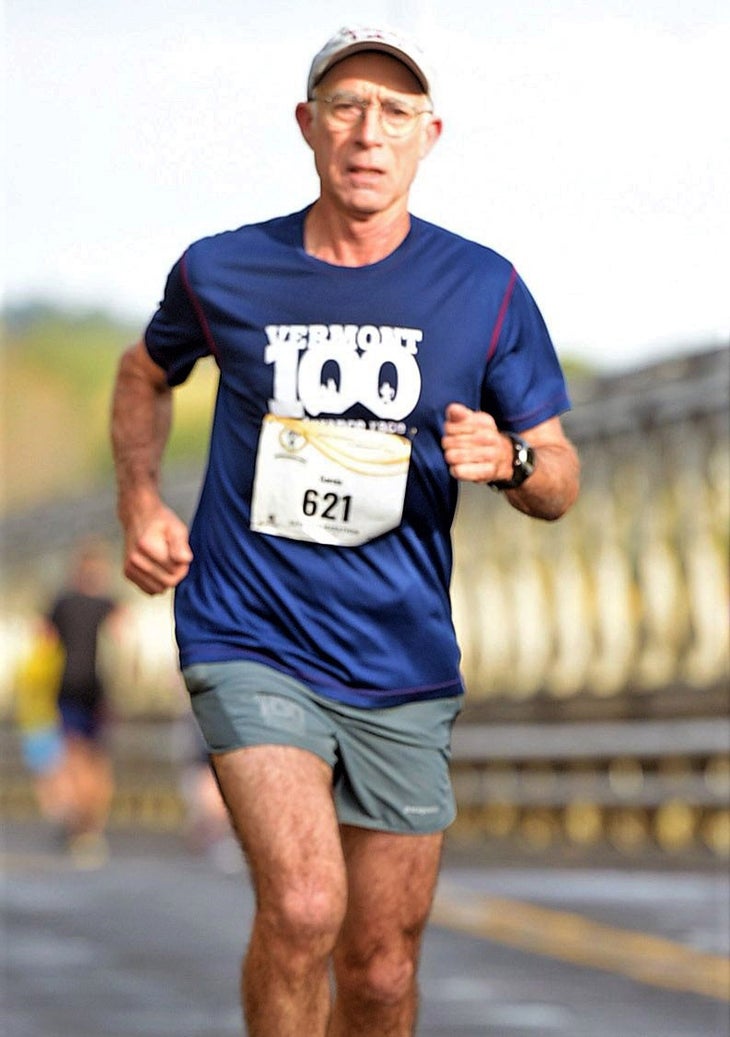
Garcia has learned to be an expert at finding the best shoes for him, and at putting heel lifts in all his footwear, even the slippers he wears around the house. He also listens to his body. Very, very closely.
And—here comes the hard part—when he hears a warning signal, he pays attention. “When I get injured, I just stop running,” he says. “ I figure out what when wrong, let it rest until it’s better, and then start up again with very easy running.”
Small Stuff is Big
Through the decades, Reno Stirrat has become a master at quieting his body before it begins to complain. He leaves few stones unturned. Chiropractor? Check. Physical therapist? Check. Acupuncture? Check. When he’s not having someone else work him over, he’s performing various routines for himself.
“You’ve got to stay on top of injuries,” says Stirrat, 65, from Rockaway, NJ. “I do weights, stretching, plyometrics, spinning. I try to work all the small muscles that stabilize my running. The small secondary stuff goes a long way.”
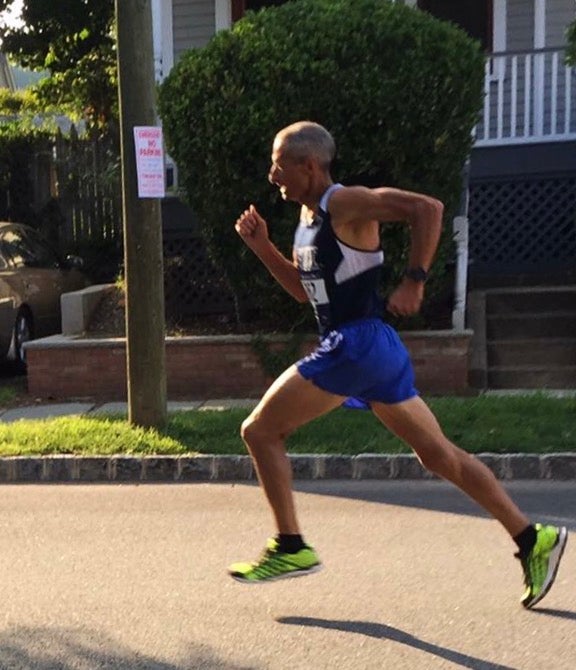
Toward the end of his competitive racing days in 2010, Bob Schwelm battled with a variety of knee issues. Even as he backed off his training to give full attention to family and business, Schwelm knew that he had to deal with the knees to continue fitness running. He decided to tinker with his running form, and to switch to low-drop shoes (they’ve been shown to help some runners with knee pain even as they increase forces around the ankles and Achilles). The strategy succeeded for Schwelm.
“It’s worked out all good,” says Schwelm. “I think I land pretty softly for someone who’s six-two, and the knee pain is gone.”
Nix the 20 Milers
No one said precisely this, but most of the 6DS3 runners are now covering 40 to 70 miles a week, which doesn’t leave a lot of room for individual 20s. Like London’s Smythe, they keep the long runs to a minimum while trying to maintain pace with regular speed work of some kind.
Murray averages about 50 miles a week, which means that “something has to go.” He’s chosen to drop the 20-milers. That doesn’t mean that he avoids long runs; he just trims them. “I actually love my long runs, but most are just two hours,” he notes. In other words, about 16 miles.
Less Can Be More
Ten years ago, Greg Skopec, an ob-gyn doctor from Coralville, iowa, was averaging 60-75 miles a week, with no cross-training. These days, he covers about half as much on the roads, but does an additional hour to 90 minutes of cross training on days when he doesn’t run.
“I have no secrets other than prioritizing my fitness,” says Skopec, 58. “These days staying healthy and injury free are especially important, so I’ve slowed down my training, and I take more recovery between hard efforts.”
In 2011 Chris Finill ran across the U.S., covering 3100 miles in 79 days for an average of about 39 miles a day. Fifteen hours later, he completed the New York Marathon in 3:38 with a 12-minute negative split. He has also finished all 39 London Marathons, and will aim for his 40th this April.
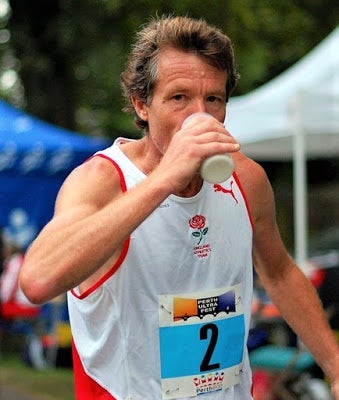
The prodigious stuff isn’t typical for Finill, however. Most years, he has averaged 35 to 40 miles per week.
“If I had trained harder when I was younger, I imagine I could have raced faster,” says Finill, 61. “But the upside of modest training is I still have my enthusiasm now. I believe in not overdoing it, backing off when injured, and getting regular physical therapy.”
Don’t Quit on the Dream
While running strong and healthy for 40-plus years necessarily demands some nipping and tucking, there’s one area where you can’t take shortcuts. You’ve got to stay mentally tough, and hold yourself to high standards.
At 5’ 8” and 165 pounds, Arreola is physically thicker than most of the 6DS3 runners. But he doesn’t see that as a problem. Rather he concentrates on what he can achieve each and every day.
“I’ve made running part of my daily routine, which means no excuses,” says Arreola, 60. “Not for weather, not for business travel, not for whatever comes up. I credit consistency for my 48 years of running at a decent level.”
Steve Schmidt completed his 44th anniversary of regular running last September, despite injuries that have forced him to miss several planned-for marathons in recent years. He jokes that, “Someday I’m going to figure out this masters running thing.” In the meantime, Schmidt, 59, from Orion Township, MI, says a positive approach is key to his success:
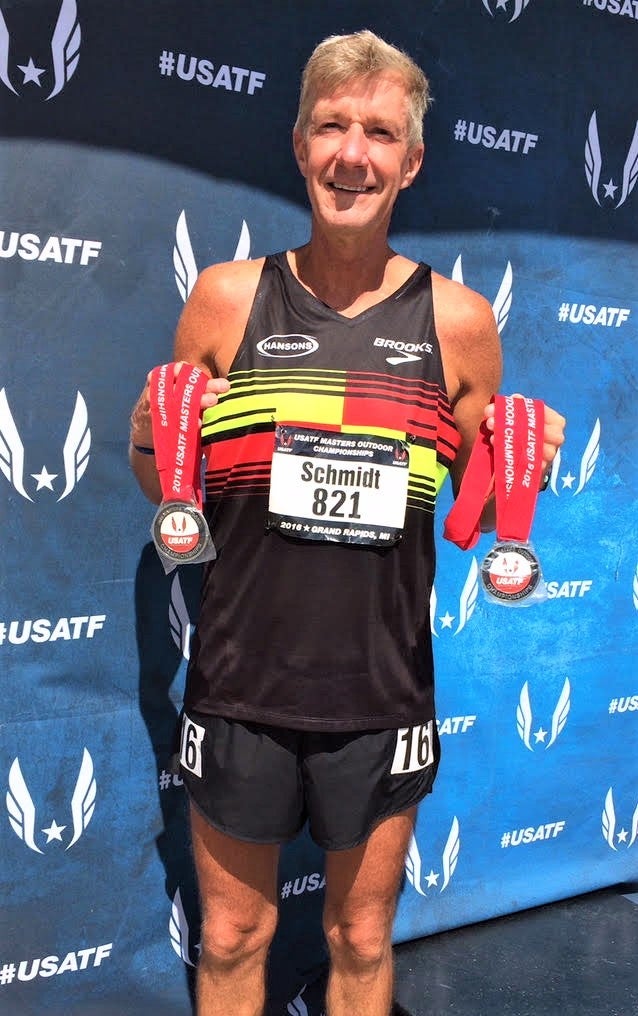
“Never quit on yourself,” Schmidt says. “I can’t remember not finishing a race.”
Also: “Always have a dream. I think all runners have to believe that someday, somehow, they are going to run that elusive perfect race.”
Just Run
Gary Allen is another 6DS3 runner with an unusual address. He lives on Great Cranberry Island off the coast of Bar Harbor, Maine. The island is just 2 miles long with one main road. That limits the training possibilities, at least in the physical sense.
But not in the mental, emotional realm. “I’m a strong believer in keeping running fun,” says Allen, 62. “You can’t let it become a chore, or you’ll start to find reasons not to go outside and play. I don’t believe in a structured training program. I add the necessary ingredients to my training—a long run, faster running—the way a chef adds ingredients to get the right taste. My philosophy is, Don’t think. Just run. You don’t have to be a contortionist with all sorts of cross training. Just run.”
Next article in series: What workout tells the 6DS3 runners that they’re ready for their goal marathon.
(Amby Burfoot won the 1968 Boston Marathon. He offers KISS Training Programs (Keep It Simple & Smart) at RunWithAmby.com.)


